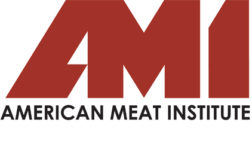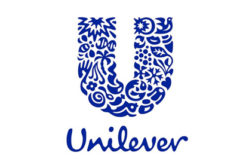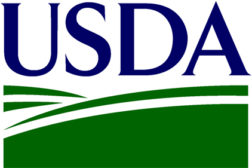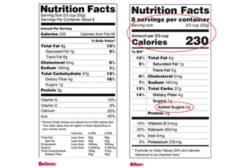Home » healthy foods
Articles Tagged with ''healthy foods''
TECH FLASH
Reduced sugar and salt top consumer food priorities
IFT panel focused on consumer preferences for new products that promote better health
July 14, 2014
TECH FLASH
AMI says consumers want guidance, not bans
American Meat Institute menu model details how processed meat products can play a role in balanced, healthy diets.
July 14, 2014
Elevate your expertise in food engineering with unparalleled insights and connections.
Get the latest industry updates tailored your way.
JOIN TODAY!Copyright ©2024. All Rights Reserved BNP Media.
Design, CMS, Hosting & Web Development :: ePublishing










